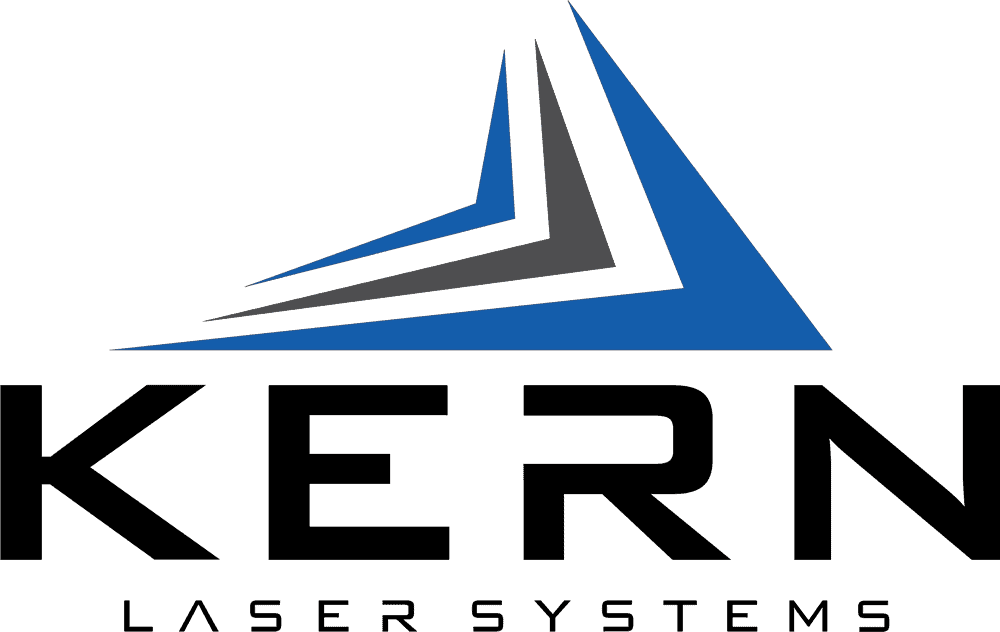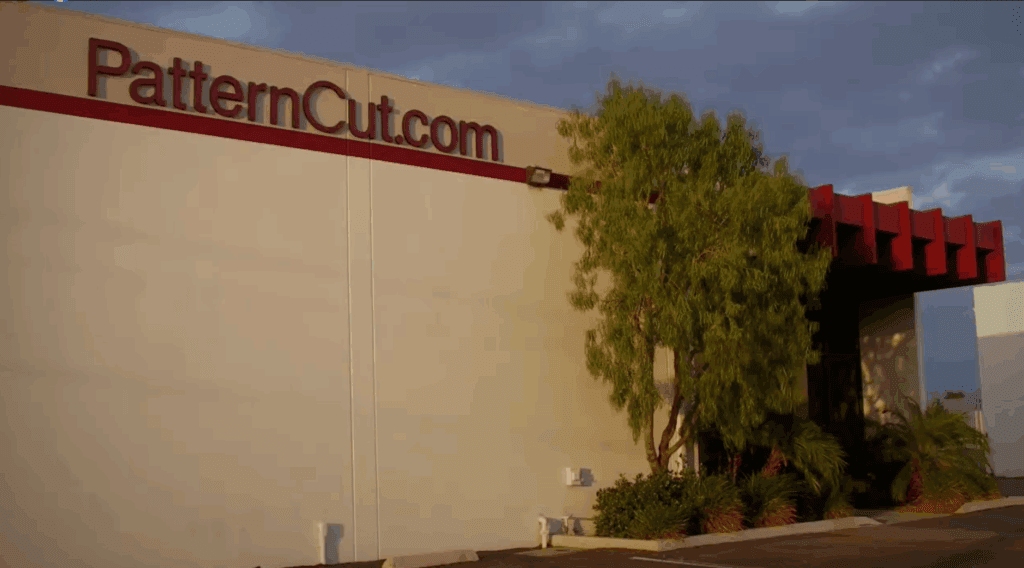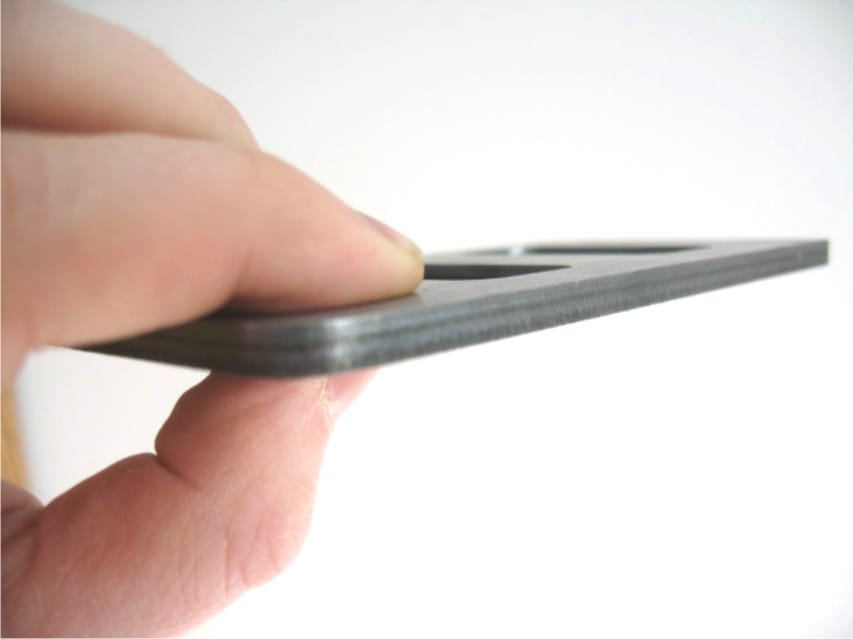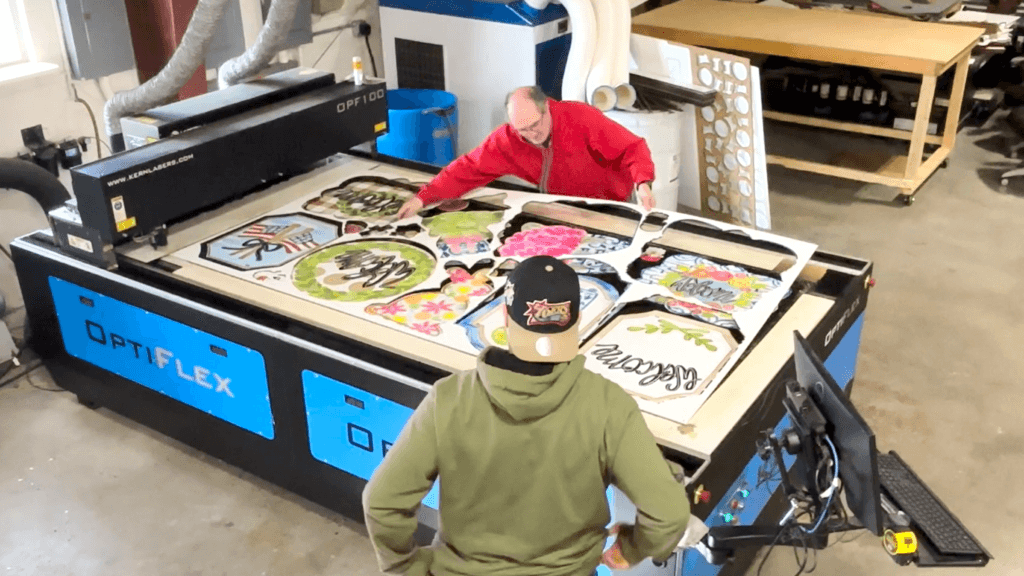Sheet metal cutting lasers are complex precision tools. When they are working at their best, they should be consistent: doing the same job to the same standard of quality, day-to-day. However, some components on a laser system are designed to be replaced, and failure to keep up regular maintenance can lead to a lower-quality product. In addition, a complex system like a laser cutter presents a number of points of potential failure or malfunction. Here are a few common laser cutter performance issues and the underlying problems to look for that might be causing them:
1. Your laser is going through optics frequently
 Relatively to the other parts of your laser, the F-Lens isn’t meant to last long. This optic is designed to take a beating during the cutting process and be replaced, not unlike the head of a drum or the tires on your car. The rate at which the F-Lens should be replaced can vary depending on the type of laser you’re using and the type of work you’re doing, but if you are putting your laser through a heavy workload, it may be necessary to replace the F-Lens daily or weekly.
Relatively to the other parts of your laser, the F-Lens isn’t meant to last long. This optic is designed to take a beating during the cutting process and be replaced, not unlike the head of a drum or the tires on your car. The rate at which the F-Lens should be replaced can vary depending on the type of laser you’re using and the type of work you’re doing, but if you are putting your laser through a heavy workload, it may be necessary to replace the F-Lens daily or weekly.
Replacing the F-Lens isn’t much of an issue, but frequently replacing the focusing lens, which is a more expensive optic, is. Proper maintenance of the F-Lens is an important factor for maximizing the use-life of your laser’s focusing lens. If you keep your laser’s F-Lens maintained, you could get up to a year of service out of a focusing lens before replacement.
Our lasers boast certain characteristics designed to maximize the lifespan of your laser optics. We equip our fiber laser cutters with a high-quality cutting head from Michigan-based company LaserMech, the FiberMini Auto-Focus (AF) head. This head allows for movement of the focusing lens to compensate for different sizes of gaps between the laser and the workpiece. For example, if you set a 1/4” gap between your cutting head and a piece to be cut, this would normally mean your focusing lens would be 1/4” out of focus, reducing the power of the beam. The FiberMini eliminates this problem by allowing the focusing lens to move to compensate for the gap, keeping it in focus.
2. Your laser cutting results are rough or imprecise
This can be a sign of a mechanical issue with your laser, like a loose belt or a damaged component. To troubleshoot, you would want to check your machine for mechanical failures or loose components, and pay particular attention to pieces of the machine that move when the laser is in use. A significant mechanical issue may require the laser to be serviced.
3. There is too much slag
One solution to this problem is to make sure you are using appropriate air settings for your laser. Every material used in laser cutting and engraving has an appropriate assist gas, and the air pressure level can also have an impact on the quality of your cut results.
Using the appropriate assist gas for your material will result in a dross-free cut edge which requires little to no deburring. Knowing whether your material is best processed using nitrogen or oxygen will help common imperfections. For example, mild steel is best processed with oxygen and stainless steel is best processed with nitrogen.
Many Kern laser systems feature our programmable air feature, which allows for easy set-up of the optimal assist gas and air pressure settings for the material and the job at hand.
4. Your laser isn’t cutting through material it should be able to cut
This is another sign of trouble. When a laser system fails to cut through a material it would normally be able to go through, many customers assume their laser must be low on power. But as our President and CEO Derek Kern notes, “Nine times out of 10, there is something else causing the problem.” Potential causes could include the beam not being centered through the nozzle, which means it’s clipping against the edge of the nozzle somewhere and the full strength of the beam is not making it to the workpiece. Or failure to cut through normally cuttable material could result from a dirty optic or improperly set focus. The latter would result in a wider beam, which is less powerful.
As mentioned in #1, above, focus settings have an impact on beam power as well, and the advantages of the FiberMini AF cutting head on our fiber lasers also apply to making sure your laser cuts through everything it is supposed to. There are optimal focus points for each type and thickness of metal, and the FiberMini head allows users to achieve the correct focus at any point and maximize your beam’s strength.



